12 Stepparents Who Cracked the Code to Their Stepchildren’s Hearts


Not many survival stories can rival the miracle that happened to Marine Lt. Col. William Henry Rankin in 1959. See for yourself: one bad day, this man nearly drowned — falling from the sky! Um, are you saying that it sounds too paradoxical to be true? Then, take a seat, I’ll tell you a story...
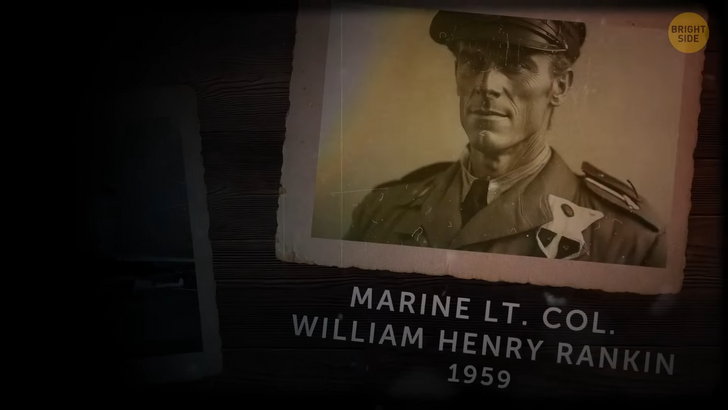
It was July 26, 1959, when Rankin was piloting his F-8 Crusader, a single-engine supersonic aircraft, along the North Carolina Coast. It was a high-altitude flight, and Rankin, together with his wingman, Navy Lt. Herbert Nolan, were flying at the height of more than 47,000 ft. Their jets, nicknamed “candy stripers” because of their unusual orange and silver-gray coloring, were moving through the air smoothly and lightning-fast.
The only thing that could cause some trouble was a storm that was raging far beneath the planes, but now, it didn’t present any threat. However, the pilots were supposed to pass through this storm on their way to the Marine air base in Beaufort, South Carolina. Things took a turn for the worse when the aircraft was approximately 9 miles and mere minutes away from the military base. Suddenly, Rankin’s engine quit, and the fire warning light switched on.
Unable to restart the engine that’d lost all power, the man knew he didn’t have many options. That’s why, desperately trying to keep his plane from gaining speed and going into a complete nosedive, Rankin radioed his partner, “Engine failure. I have to eject.” It was a terrifying decision since the altitude was too extreme, and the Marine didn’t have a pressure suit. The only thing that could help him survive was an oxygen mask with a limited oxygen supply.
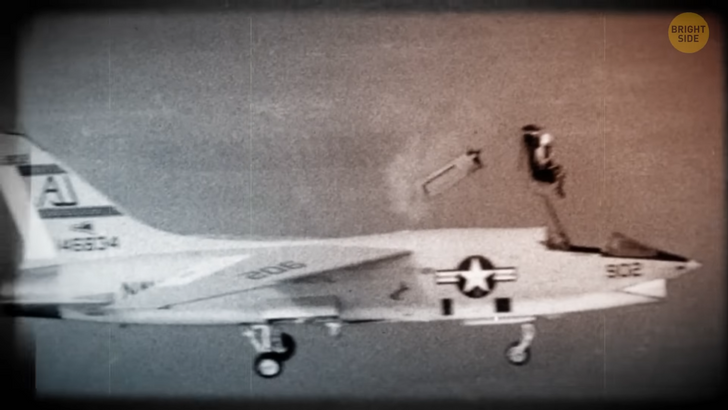
In any case, the pilot didn’t have a choice. Without hesitation, he pulled the overhead handle that triggered the ejection, and in no time, he was in the air, and his plane disappeared in the clouds below. Now, Rankin was in a free fall at a height of 40,000 feet, with a temperature of minus 65 degrees F. Usually, sport skydivers make their jumps from a height of 3,500 to 10,000 ft.
Only highly experienced experts jump from altitudes higher than 15,000 ft. Even then, it can lead to serious complications if they don’t have all the necessary equipment, including a pressure suit (which, as you remember, Rankin didn’t have). That means that when the man found himself in the air at such an unprecedented height, he experienced severe decompression.
It felt as if his stomach had increased to twice its size, and his nose seemed like it was about to explode. His eyes, ears, and mouth started to bleed. For several blood-curdling moments, the Marine was sure that the decompression would finish him right away. Little did he know, he had a much more severe trial ahead.
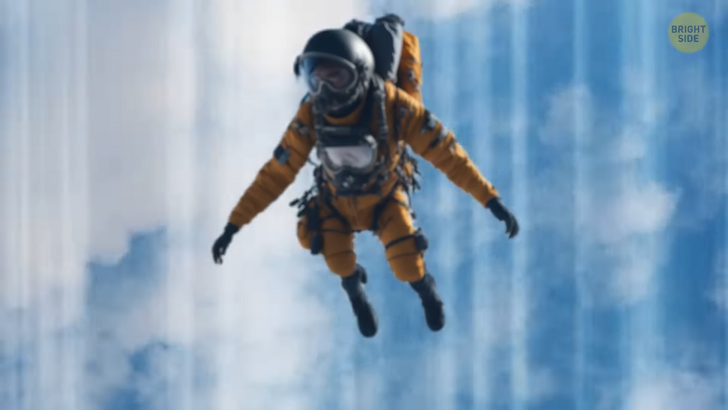
Rankin continued falling, and all he could feel besides all-encompassing fear was the shocking cold. His wrists and ankles were burning as if someone had put ice directly on his skin. He’d lost one of his gloves while leaving the plane, and his left hand felt completely numb. And to make matters even worse, he was still in free fall.
Of course, the pilot had a parachute, but it was supposed to deploy automatically at an altitude of 10,000 ft. And even if Rankin had decided to open it, he simply wouldn’t have been able to do this. That’s why, in a matter of seconds and at a dizzying speed, the man hit the very storm he’d been piloting his plane over just minutes before. And that’s when another calamity happened.
Rankin had been falling through the black clouds with almost no visibility for about five minutes, surrounded by lightning, rain, hail, and violent winds, when something went wrong with the barometer that was supposed to deploy his parachute automatically. Fooled by the violent weather raging around the Marine, it triggered prematurely, and the man got stuck in the very middle of a thunderstorm.

But it wasn’t just any old thunderstorm. Nope, the unlucky 39-year-old fighter pilot plunged straight into a cumulonimbus cloud. These clouds, which often look like huge puffy mushrooms, are incredibly dense and tend to appear in areas where the atmosphere is extremely unstable.
Also, such clouds are vertical, and the peaks of the most monstrous ones can reach the height of 70,000 ft! The taller the cumulonimbus cloud is, the more unstable and violent it is inside. That was the circumstance Rankin ended up in after his parachute opened too early. Conversely, even if his parachute had deployed at the supposed altitude of 10,000 ft, the man would still have been sucked back up into the cloud with the updraft.
In any case, the pilot didn’t have time to dwell on this. His body was tossed about as if he was nothing more than a rag doll. He would hit the fabric of his parachute, fall back down, and repeat this cycle again. The tossing was so bad, that even the experienced fighter pilot felt seasick.
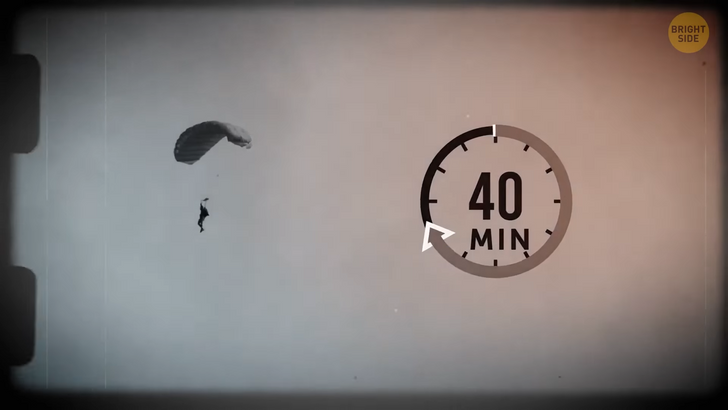
Lightning snapped and crackled around Rankin, and even though he didn’t hear the thunder per se, he could feel it vibrating through his body. The hailstones were so big that at some moments, Rankin worried they would tear his parachute. But the worst happened when the pilot was falling through the rain — for several terrifying moments, the man was sure that he would drown. He was trying to take a breath, but only breathed in mouthfuls of water.
If he’d stayed in that region of the storm for any longer, drowning while falling through the air would’ve become a frighteningly real outcome. He tried to hold his breath, but it was a very dangerous thing to do while falling at breakneck speed. Meanwhile, Rankin was also blown up and down, sometimes as much as 5,000 ft at a time. It seemed to him like he’d been falling for ages, with blasts of compressed air hitting him the whole time.
Fortunately, not only good things, but bad ones too, tend to come to an end. When Rankin finally reached the bottom of the cumulonimbus tower, he’d been inside for more than 40 agonizing minutes. The pilot was shocked to discover that he was relatively unscathed, the lightning hadn’t grazed him, his parachute was in one piece, and he hadn’t drowned in the rainwater. The only thing he had to worry about now was a safe landing.
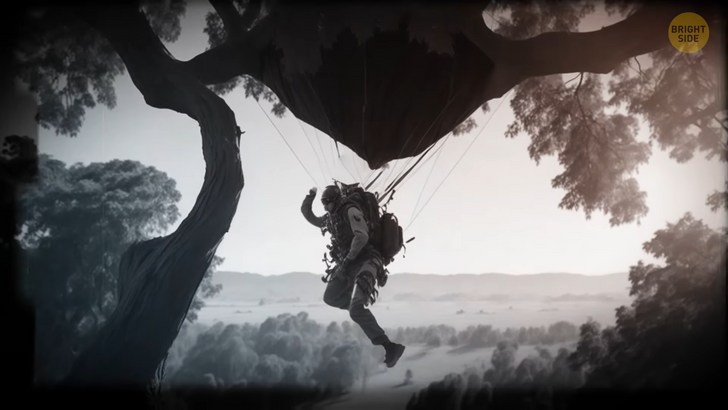
At first, Rankin was going down toward a clearing, but his bad luck continued, because, at the last moment, a powerful gust of wind threw him into a tree. The parachute got tangled in the branches, and the pilot hit his head on the trunk. Luckily, he was still wearing his helmet and didn’t lose consciousness. After freeing himself and staggering to his feet, the pilot limped through the forest until he found a country road. But hitching a ride turned out to be a tough task.
Imagine a man, standing on the side of the road, covered in blood and dressed in a soaked, ripped up flight suit. No wonder there weren’t many volunteers to give him a lift. But eventually, someone picked him up and drove to a payphone where Rankin managed to call for an ambulance. There, he found out what a lucky man he really was. He had countless bruises and welts scattered all over his body, he suffered from bad decompression effects, and he had frostbite. But other than that, the ordeal didn’t leave any long term damage.
Rankin spent several weeks in the hospital and made a complete recovery. Later, he wrote the book “The Man Who Rode the Thunder” where he described his experience. If you know other incredible survival stories, let me know down in the comments! If you learned something new today, then give this video a like and share it with a friend. But — hey! — don’t go bail out on me just yet! We have over 2,000 cool videos for you to check out. All you have to do is pick the left or right video, click on it, and enjoy! Stay on the Bright Side of life!











